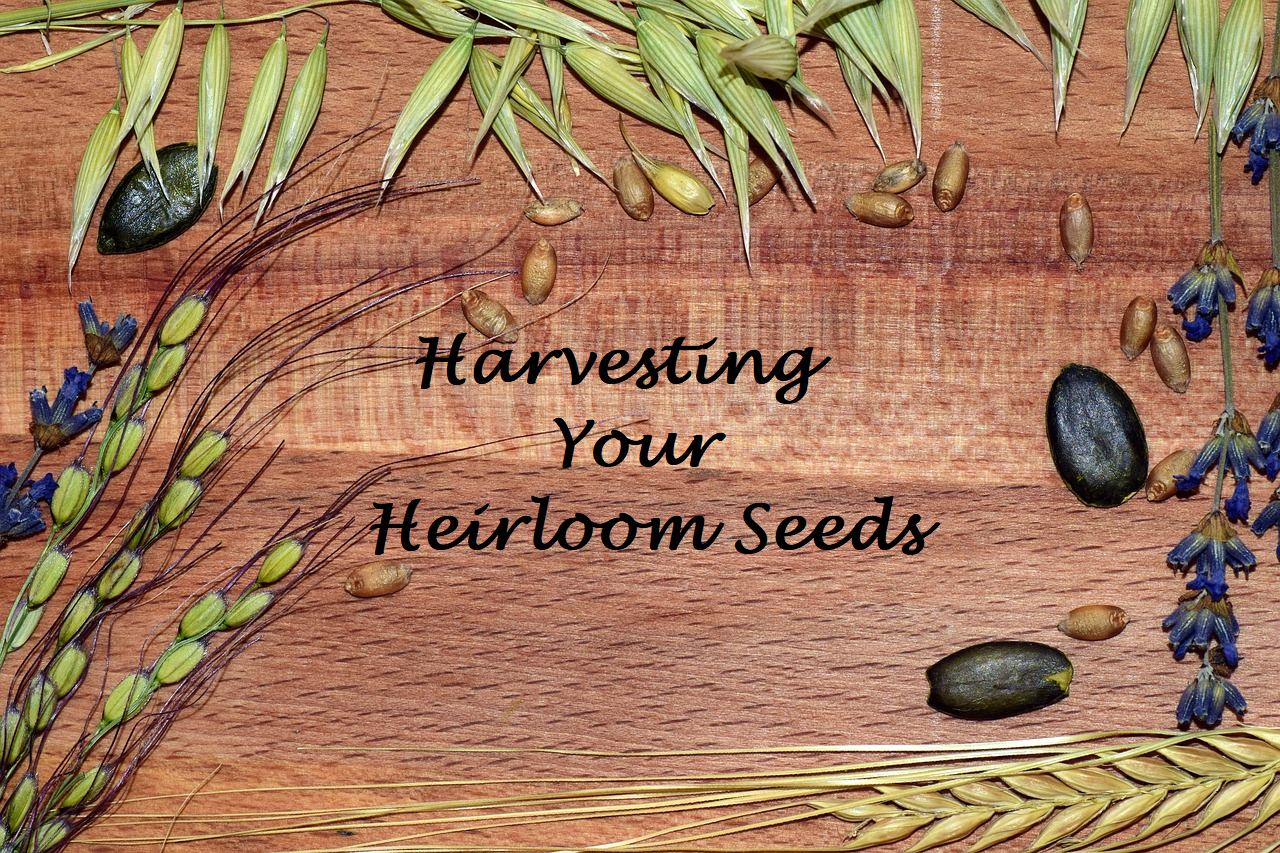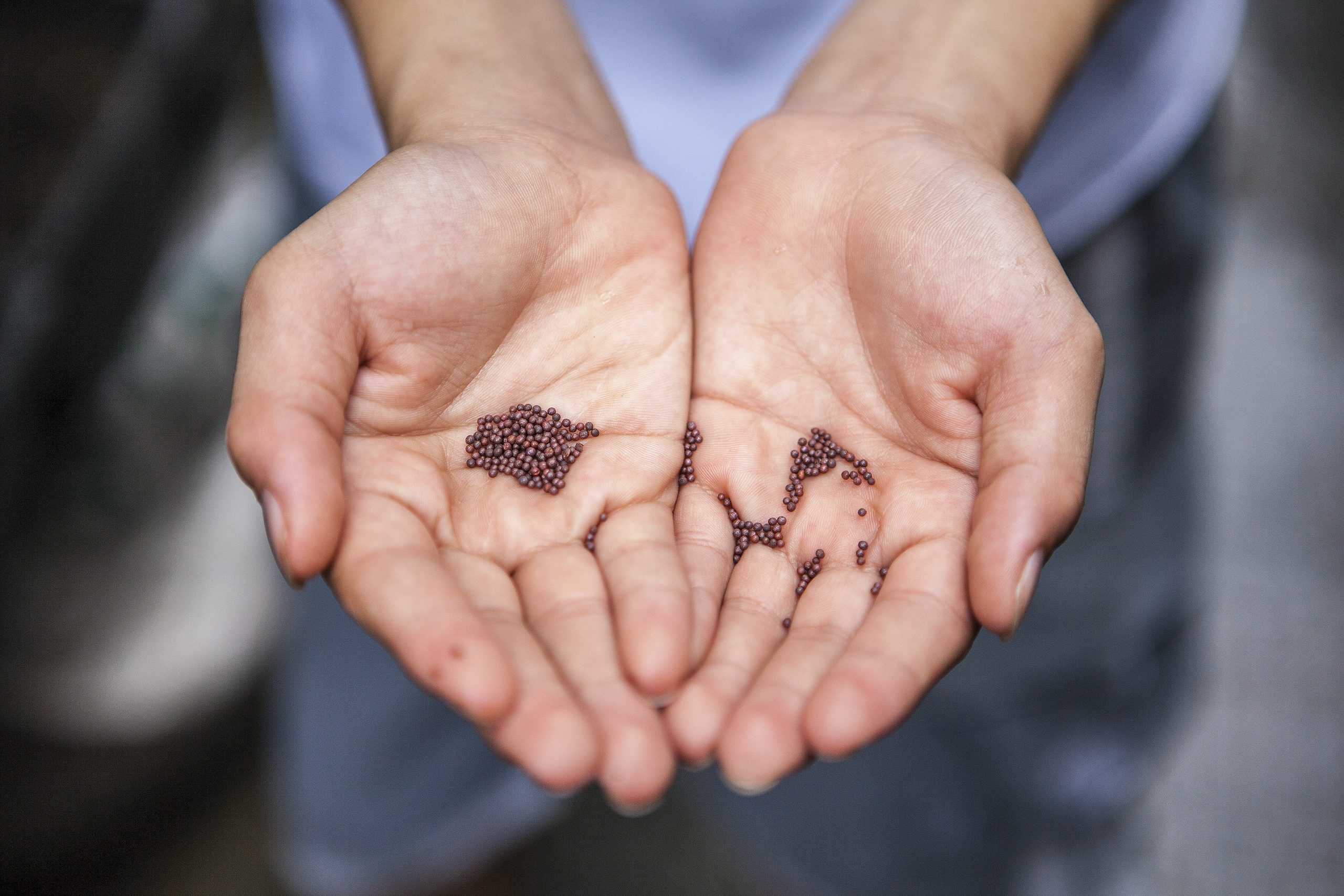
Prepare for the Next Season by Harvesting Your Heirloom Seeds
Fall is around the corner, which means an exciting harvest time! Enjoy the fruits of your labor and take a breath. You completed another successful growing season! It’s time to think about the next planting season, by harvesting your heirloom seeds. Prepare now so that you aren’t rushed and up against Mother Nature’s ticking clock.
One of the best ways to prepare for next spring is by harvesting heirloom seeds. Heirlooms not only have generations of nutritive qualities but harvesting them is easy and sustainable. It saves you money and continues the traditions that are so important to our health.
Benefits of Harvesting
Harvesting heirloom seeds connects you with our ancestors. Seed catalogs and garden stores are a very recent development in the timeline of human history. Before that, people preserved seeds every autumn to sustain themselves the next year.
Harvesting Your Heirloom Seeds Saves You Money
Sure, seeds might not seem that expensive when you pick up a few packages at your local garden store. But the fact remains that gardening is a way to save money; harvesting seeds means you can cross that purchase off your list each spring.
Focus on Sustainability
Preserving heirloom seeds also maintains the genetic diversity of our food. Modern GMO and hybrid techniques mean that many unique varieties of plants have disappeared. Harvesting heirlooms keep plants available that have been around for centuries.
You want the option of growing all your food and living off of your land. This is the best way to do so. No one knows what the future looks like or what food will be available to us decades down the road. Learning this skill now sets you up for success and honors our earth and ancestors in the process.
Easy to Learn
Preserving seeds is easy—when you take the proper steps.
- Remember to always water your plants sufficiently when they are flowering and forming seeds to ensure healthy seed growth.
- Next, choose robust, vigorous plants from which to harvest next year’s seeds. Think about it as a survival of the fittest practice. If a plant is withered and lackluster, why would you want those seeds to produce next year’s crop? Make sure to remove diseased plants from the area, too, to prevent contamination.
- That being said, choose your heirlooms from varied plants within your healthy options. This preserves a variety of genetic traits. Let your plants fully mature before taking seeds, and collect an equal number from each healthy plant.
- To harvest dry seeds, allow your seeds to dry on the plant itself. Once harvested, store them in a dry area for a week or two. The pods or husks should easily crumble when you’re ready to remove the seeds.
- To harvest wet seeds, let your plant mature well past the eating stage. Take out the seeds and clean them in water, gently removing the pulp. (This should be easy as the seeds and pulp float to the surface of the water.) Drain the excess moisture and let them dry on a non-porous surface such as a ceramic plate or metal cookie sheet.
- Once seeds are fully dry (they should snap in half when bent), store them in an airtight container in a cool, dry area. The back of your fridge or freezer is also an option for long-term storage. Just make sure that the temperature in your storage space is consistent and not open to humid conditions.
How to Collect Various Seeds
The above tips are basic requirements for the majority of seeds. However, certain species have particular needs.
- Tomato – Tomato plants require fermentation to last until next year. This removes germination-inhibiting substances. Combine the seeds and pulp with water in a 1:1 ratio and store in a jar in a warm area for 2-5 days. Once you see bubbling and a thin film of white mold for one day, strain the mixture and follow the wet seed instructions.
- Beans and peas – These are open-pollinated plants, so their seeds grow plants similar to the parent plant. Let the bean and pea pods brown until the seeds rattle when you shake the pod (about 6 weeks for beans, 4 weeks for peas). Then harvest and follow the dry seed instructions.
- Corn – Let the ears dry on the stalk for about 4-6 weeks (but avoid frost). When the husk turns brown, pick the selected ears and open the husks, keeping them attached. Tie them back with a string and hang the cob in a dry place. After three months, the kernels should be dry enough to shatter under a hammer. Rub cobs together to remove kernels, or twist between your hands. Follow dry seed storage instructions.
- Greens – Greens grow seed pods after the flowering period—usually from the bottom, a few at a time. Let these pods dry while on the plant. Pick the pods daily or put a bag over the seed heads to keep the seeds inside. Follow dry instructions.
- Flowers – When flower buds begin to die off and the seed heads are brown and brittle, collect the seeds. This time varies depending on the flower but is usually in late summer or early fall.
Steer Clear of Hybrids
Remember, too, that you need to leave plenty of space between your heirloom seeds and any modern plants. Once a plant is cross-pollinated, it loses its purity and you can’t get that back.
Preserving hybrid seeds is—frankly—a waste of your time. They might germinate quickly, but you won’t get a product that’s the same as the parent plant. Hybrid seeds revert to only one of their parent plants, or they grow into an often-unsavory version of the previous. Heirloom is the way to go.
Takeaway
Heirloom seeds just taste better. That’s the number one reason people preserve. However, many choose to do so to keep the connection with past generations of family or because they grow better in their particular environment. No matter the reason, harvesting saves you money and sustains our diverse plant population.
Have fun harvesting your heirlooms this season! Next spring, plant the saved seeds with love as you look forward to harvesting your continued hard work.
Let us know how it goes! We would love to hear from you at stoneycreekfarmtennessee@gmail.com


